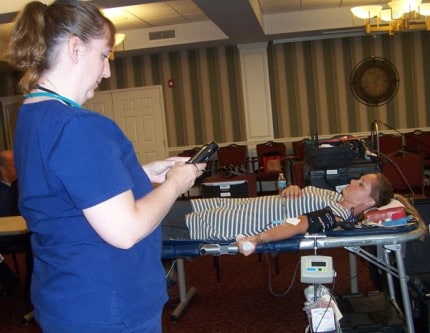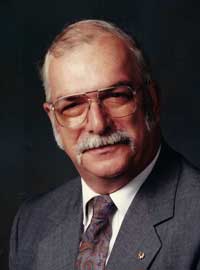
Story and photo by Lisa Carolin
Silver Maples of Chelsea hosted its first blood drive for the American Red Cross on Aug. 17 and invited donors to stop by throughout the afternoon. The American Red Cross’s Washtenaw County chapter is opening new locations with the hope of engaging new donors.
“We try to get 25-30 pints at a blood drive,” said Rachel Wilkinson, account manager for the Washtenaw County Red Cross. “We get one pint of blood per person, and that blood gets divided into three parts-red cells, plasma and platelets, with which you can potentially save the lives of three people.”
Barbara Harvath came to Silver Maples to donate.
“I have O negative blood and they really need that type,” she said. “I’ve done this many times because it’s something nice to do.”
Josephine Davidson, who has the rare blood type AB negative, also came to Silver Maples to donate blood.
“I’m glad that I can help,” said Davidson. “It doesn’t take long, it doesn’t hurt, and I feel fine afterward.”
Although donors with all types of blood are encouraged to donate, Wilkinson says that O negative blood can be given to 100 percent of the population, while O positive blood can be donated to 85 percent.
Although it’s not a guarantee, the American Red Cross tries to use the blood as locally as possible.
Why don’t more people donate blood?
Wilkinson says, “The fear of needles is a huge deterrent for people, but it’s such a small part of what we do. The largest misconception is that people can catch something. It’s very sterile, and you can’t catch anything from donating blood.”
Natalie McKenney, a Wellness Coordinator at Silver Maples, helped organize the blood drive.
“The majority of our residents most likely won’t be eligible for donating blood, so we’ve really reached out to staff, resident family members, friends, and the community,” said McKenney. “Even if a donor has tried and failed to give blood in the past, we encourage trying again because many of the restrictions are temporary conditions.
Donors need 56 days between donations.


















